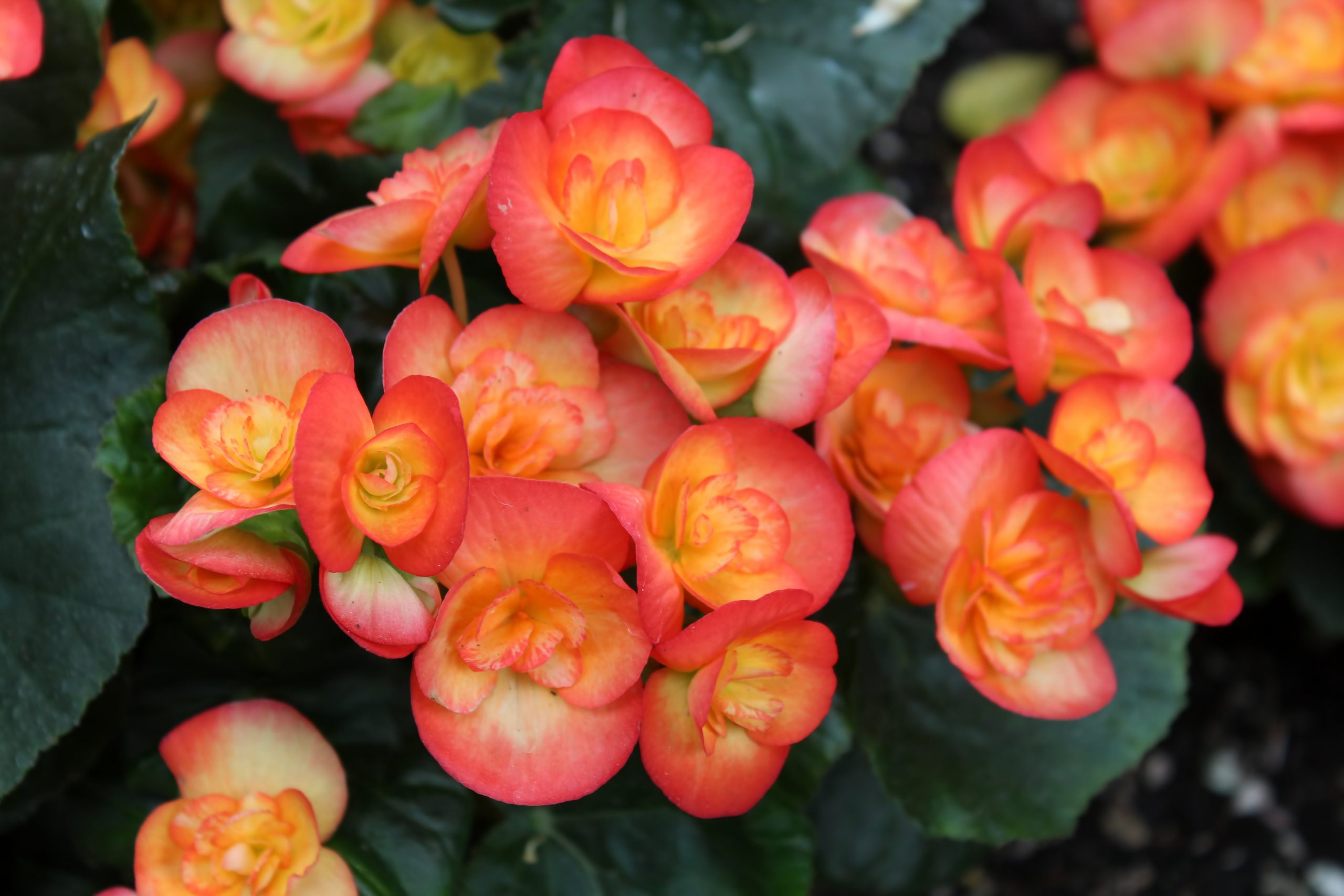How Much Is a Begonia Pot?
Begonias are popular flowering plants that come in a wide variety of colors, sizes, and forms Many gardeners enjoy growing begonias in containers and hanging baskets to add pops of color to their outdoor living spaces. But how much do begonia pots cost? Here are some key factors that influence begonia pot prices
Pot Size
The size of the pot is one of the biggest factors affecting cost. Small pots around 4-6 inches wide are cheaper, often $5-$10 each. Larger pots around 10-12 inches wide tend to range from $15-$30. Hanging baskets are usually the most expensive, with prices from $20-$50 depending on width.
Bigger pots with more soil capacity allow for larger begonia plants but come at a higher price point. Consider space constraints and your budget when deciding which pot size makes the most sense for your needs.
Pot Material
Plastic pots are generally the most affordable option. Terra cotta and ceramic pots have more decorative appeal but cost a bit more. Pots made from metal, wood, or other premium materials are usually priciest and can run $25-$60 or more.
If you’ll only be using pots for one season, inexpensive plastic ones often make the most economic sense. For longer term use, investing in attractive terra cotta or ceramic pots can be worthwhile.
Begonia Type
Some begonia varieties are more expensive and sought-after than others. For example, tuberous begonias produce extravagant rose-like blooms but the tubers and plants cost more than basic wax begonias.
Rex begonias prized for ornate foliage also tend to be pricier. If you’re willing to splurge on premium begonia varieties, expect to pay more for the plants and pots. Cheaper wax begonias or dragon wing begonias allow you to save on plant costs.
Nursery Prices
Local nurseries and garden centers often mark up potted plants significantly compared to big box stores. You’ll usually find the best deals on begonia pots at large chain stores like Home Depot and Lowe’s. Buying online can offer additional savings on pots and plants.
Shopping end of season sales is another great way to get bargains on begonia pots and plants. Nurseries often discount items by 25-75% off regular prices to clear out inventory. These sales provide an opportunity to get high-quality pots and plants at a fraction of peak season prices.
DIY Option
You can also save money by buying unfinished terracotta or plastic pots and painting them yourself. This allows you to customize your pots exactly how you want for a lower cost. Nuetral terracotta pots from craft stores can cost just a few dollars each.
With some acrylic paint in your desired colors, you can transform affordable generic pots into beautiful one-of-a-kind creations for your begonias. This DIY approach takes more time and effort but gives you quality pots tailored to your taste for less.
The cost for a begonia pot can range widely, but factors like size, material, plant variety, and shopping strategies help determine the price. With some savvy shopping, you can likely find an attractive begonia pot to suit your space and budget.

Best Care Tips for Your BEGONIAS – Talking About Tuberous & Hiemalis Begonias
FAQ
What kind of pot is best for begonias?
How many begonias are in a 12 inch pot?
Do begonias need sun or shade?
Do begonias like to be in bigger pots?
Can begonias grow in pots?
As with growing anything in pots, you need to first make sure you have the right vessel for your plant to grow in. When it comes to begonias, experts say a drainage hole is essential. ‘Choose a pot with drainage holes and slightly larger than the root ball of your begonia plant,’ says Autumn Janus, plant expert from Perfect Plants.
How big should a Begonia pot be?
Start with a 6 inches (15 cm) pot. If you bought your begonias from a gardening store or you’re repotting them, you’ll need to make sure your new pot isn’t too big. You don’t want your begonia’s soil to get too wet and go bad. Choose any pot that has drainage holes.
How do I choose a pot for a Begonia?
Choosing a pot with one or more drainage holes is crucial for healthy begonias. The container’s size is also important. Begonias don’t like to be cramped, so select a pot that’s large enough to accommodate their roots. However, avoid using a pot that’s too large, as it may retain excess moisture which can lead to root rot.
What kind of potting mix do begonias need?
Begonias prefer a well-draining, peat-based potting mix. Make sure your pot has additional drainage materials like gravel or perlite at the bottom. Now, let’s talk about spacing. Begonias can be annuals or perennials, depending on the variety.
Are begonias good for container gardening?
Container gardening is a great way for plant lovers who have little space to create a thriving jungle of foliage and flowers, and it also helps promote healthier growth for some plants. Begonias are one of those plants that enjoy living in pots and look great in them, brightening up container arrangements.
How long do begonias last in pots?
Begonias can last for several years in pots if they receive proper care. Some varieties die back during winter months, but their tubers can be stored and replanted in the spring for continuous enjoyment. Do you need to deadhead begonias? Deadheading begonias is not required, but it can help improve the plant’s appearance and encourage more blooms.
- The Ultimate Guide to Growing Strawberries in Raised Beds - August 8, 2025
- No-Dig Garden Beds: The Easiest Way to Grow a Beautiful Garden - August 6, 2025
- How to Protect and Preserve Wood for Raised Garden Beds - August 6, 2025
